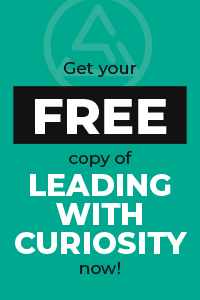EQ
How It Is Unique
The EQ in Action Profile is based upon developmental and neurophysiology theory and research, combined with years of clinical, educational, consulting, and training experience. It was developed over a four-year period and released in early 2003. Highlights about the profile’s purpose, use, applications and unique features are highlighted below.
It’s All About Relationship
Emotional Intelligence does not exist apart from relationship. We are created, developed and sustained in relationships throughout our lives. Our brain and our emotional competencies develop in relationship. Daniel Siegel elegantly describes this process in The Developing Mind: How the Brain and Relationships Interact to Shape Who We Are. Complex neural pathways are developed early in life and get activated moment-to-moment as we interpret the world around us. The EQ in Action Profile maps what neural pathways get activated in difficult relationships at work and offers a guide for ongoing development of the self for high-performance, successful relationships, as well as an overall sense of wellbeing and vitality in living.
It’s Totally Experience Based – Rather Than Self-Report
Rather than asking users to report what they would do or have done in their relationships with people, this tool places individuals in a situation where they are asked to respond to several video segments of a person talking directly to them. Respondents are asked to track their own experience as they watch the video and attempt to understand what the other person might be experiencing. Respondents are given about fifty words and statements for each video segment and are asked to rate the degree to which the word or statement fits their actual experience.
Each statement or word represents one of the constructs being measured. The statements are analyzed by the construct measured. The result is an EQ profile summary that reflects their reported experience. The profile provides a “snapshot view” of how the user engages her/his emotional capacities in various stressful work interactions. Each video segment presents common human themes that take place in most organizations.
It’s About Learning – Not a Report Card
Unlike most emotional intelligence assessment tools, this profile does not provide a “score.” Rather it reports how a user compares with others who have taken this tool on the core capacities or “essential components” of emotional intelligence. (Bagley & Taylor)
People are encouraged to reflect on their relational and emotional strengths and weaknesses in their current relationships.
The EQ Fitness Handbook: You In Relationship provides focused practice options for each dimension. These practices can be done anywhere at any time so they can be incorporated into an emotional intelligence fitness program.


